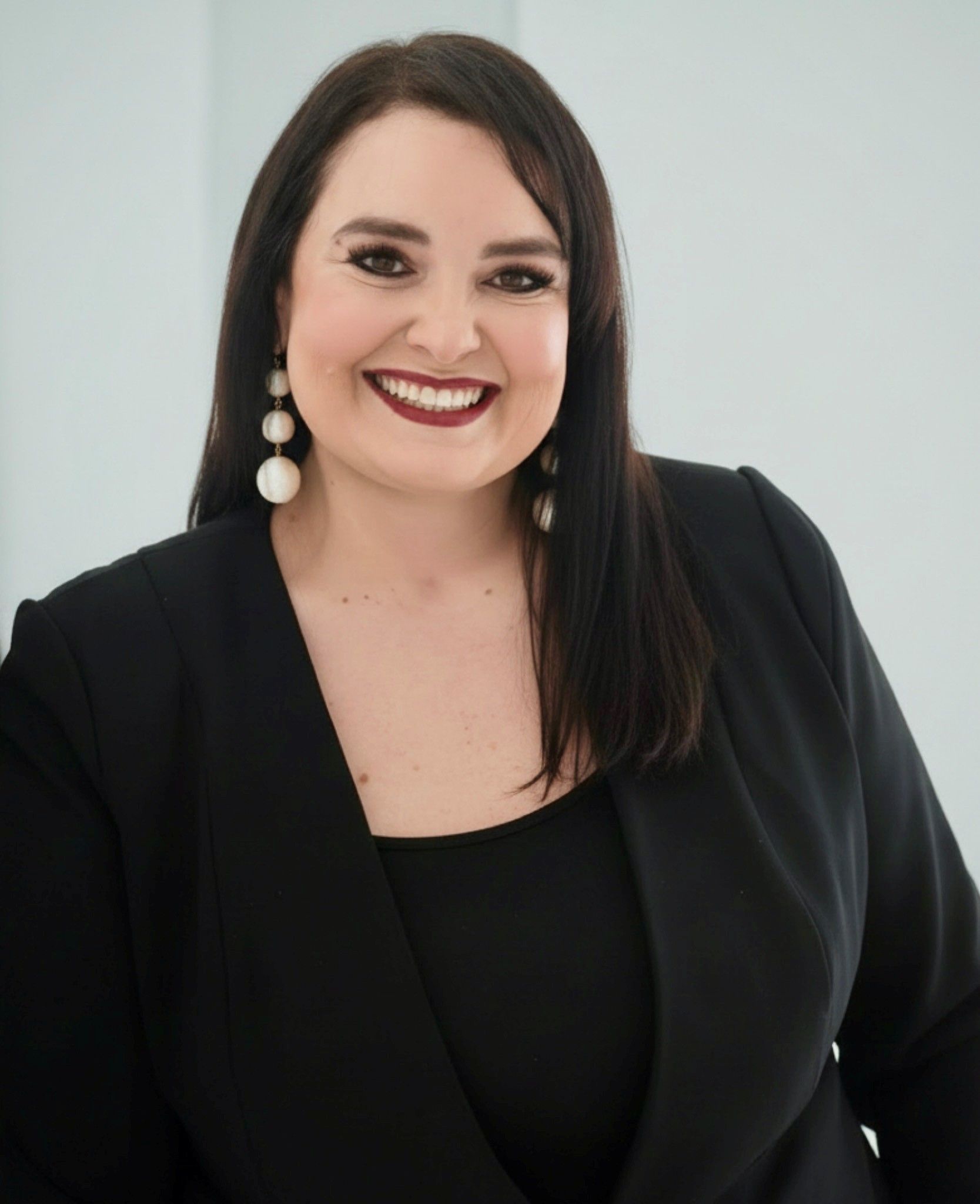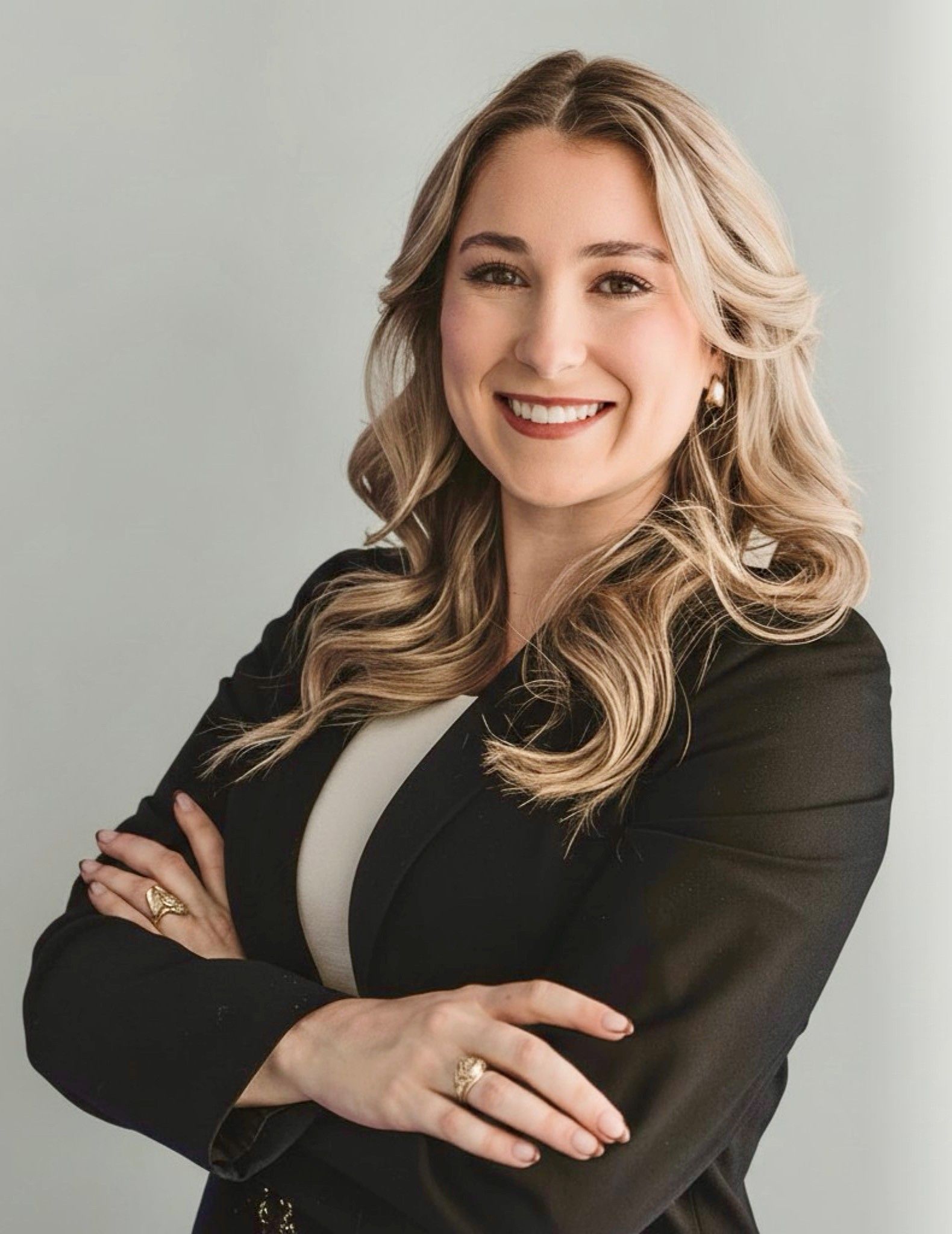The Importance of the Relatedness of the Goods or Services
ATTORNEYS IN DALLAS
How the degree of similarity between trademarks impacts the determination of relatedness of goods or services in trademark law, and the evidence needed for a likelihood of confusion refusal, the key factors considered, and common misconceptions in the examination process.
The Importance of the Relatedness of the Goods or Services
The trademark application submitted by an Applicant undergoes an ex parte examination conducted by the United States Trademark Examiners. When an Examiner issues a §2(d) refusal, it typically means that the Applicant's mark, when used with the goods or services mentioned in the application, bears a resemblance to an already registered mark, creating a likelihood of confusion regarding its source. During the initial evaluation, the Examiner focuses on comparing the trademarks and assessing the relatedness of the goods or services.
To determine the relatedness of goods or services, the degree of similarity between the trademarks plays a crucial role. The more similar the trademarks are, the less connected the products or services need to be in order to create a likelihood of confusion. It is important to note that the goods or services do not have to be identical or directly competitive for a likelihood of confusion to exist. To understand the legal standard of Likelihood Of Confusion in trademark law, please refer to the Trademark Manual of Examining Procedure §1207.01.
When refusing a trademark application based on likelihood of confusion, it is the responsibility of the Examining Attorney to present evidence demonstrating the relatedness of goods and services. This evidence may include prior registrations of the same mark for both the Applicant's and the registrant's goods and/or services. Other types of evidence can include advertisements featuring the subject goods/services being promoted or sold together by the same dealer or manufacturer, as well as news articles or websites indicating that the goods/services are used together or by the same consumers. The identifications alone in the application or registration may be considered evidence of the relatedness of goods or services.
The key question to consider is how consumers encounter the goods or services in the marketplace. In other words, if individuals come across the goods or services and mistakenly believe that they originate from a common source, affiliation, connection, or sponsorship, the marks will be deemed confusingly similar. Conversely, if consumers do not encounter the products or services in the marketplace, even if the marks are identical, there will be no likelihood of confusion.
The nature and scope of the Applicant's or Registrant's goods or services are determined by the identification provided in the trademark application or registration. There is a common misconception that if a broadly worded identification is cited against an application, the Applicant can simply narrow the description of goods or services to avoid a §2(d) refusal based on likelihood of confusion. However, this is not the case. If no restriction is specified in the identification, the Trademark Examiner will assume that the goods or services are available through all normal trade channels and are accessible to all types of consumers.
Contact an Experienced Trademark Attorney
If you need legal advice regarding your trademark rights, assistance with trademark prosecution, or representation in a domain name dispute, contact Wilson Whitaker Rynell. Our team of trademark lawyers has extensive experience in all aspects of trademark and copyright law, including the filing of trademark applications and representing clients in defense or prosecution before the Trademark Trial and Appeal Board.
- 66(a) Applications
- Abandoning a Trademark Application or Withdrawing a TTAB Proceeding
- Abandonment and Nonuse
- Abbreviations as Trademarks
- Accelerated Case Resolutions
- Acquired Secondary Trademark Meaning
- Amending Trademark Application
- Assigning a Trademark
- Assigning a Trademark and the Intent to Use Application
- Avoiding Fraud on Trademark Applications
- Avoiding Trademark Litigation
- Basis for Filing a Trademark
- Benefits of Registering a Trademark
- Bona Fide Intent to Use
- Celebrity Trademarks
- Challenging the Relatedness Factor
- Challenging Trademark Rights
- Claims in a Notice of Opposition
- Co-Existence Agreements
- Common Law Trademarks in the Internet Era
- Common Law Use and Priority
- Conflicting Marks
- Consent Agreements
- Constructive Use Priority
- Dates of Use
- Defenses in Opposition and Cancellation Proceedings
- Descriptive or Generic Trademarks
- Design Marks
- Design Trademarks
- Determining Trademark Similarities
- Discovery in TTAB Proceedings
- Dividing a Trademark Application
- Drawing Page
- Electronic Display Specimens for Trademarks
- Evidence in TTAB Proceedings
- Evidence of Acquired Distinctiveness
- Expediting Trademark Cancellation for Nonuse or Abandonment
- Extending Time to Oppose
- Factors of a Likelihood of Confusion Analysis
- False Suggestions of Connection
- Famous Trademarks and Likelihood of Confusion and Dilution
- Filing an Opposition or Cancellation Proceedings
- First Sale Doctrine
- Five Years of Use
- Foreign Trademark Rights
- Generic Trademarks
- Geographic Trademarks
- Hiring Trademark Counsel
- Immoral and Scandalous Trademarks
- Incontestability of U.S. Trademarks
- International Trademark Filings
- Joint Trademark Ownership
- Lawful Use of a Trademark in Commerce
- Likelihood of Confusion Analysis
- Likelihood of Confusion Refusal
- Merely Descriptive Trademarks
- Multiple Bases for a Trademark Application
- Overcoming and Ornamentation Trademark Refusal
- Personal Name Trademarks
- Principal and Supplemental Registers
- Protecting Single Creative Works
- Recording Trademark Assignments
- Refusal of a Trademark
- Refusing a Trade Dress Application
- Registering a Certification Trademark
- Registering a Service Mark
- Registering a Trademark That Lacks Inherent Distinctiveness
- Registering an International Trademark
- Relatedness of Goods or Services
- Request for Reconsideration in Trademark Office Action
- Requirements for International Trademark Application
- Revive an Abandoned Trademark Application
- Secondary Meaning
- Source Confusion
- Special Trademark Applications
- Standard Character and Special Format Marks
- Standing in Opposition and Cancellation Proceedings
- State Trademark Registration
- Statement of Use Extensions
- Tacking Doctrine
- Technical Trademark Use
- The Supplemental Register
- Trade Dress
- Trade Dress Application
- Trademark Application
- Trademark Clearance Searches
- Trademark Disclaimers
- Trademark Licensing
- Trademark of Authors, Performing Artists, and Characters
- Trademark Ownership
- Trademark Protection In Texas
- Trademark Settlements
- Trademark Specimens
- Trademark Specimens
- Trademark Use by Related Company
- Trademark Use in Advertising
- Trademark Use in Commerce
- Trademarking a Distinctive Mark
- Trademarking a Hashtag
- Trademarks for Musical Artists
- TTAB Discovery Rules
- TTAB Proceedings
- U.S. Service Mark
- U.S. Trade Dress
- Understanding Trade Channels
- Unitary U.S. Trademark
- Universal Symbols as Trademarks
- Using Secondary Sources
- What is an Ex Parte Appeal?
- Where to Register a Trademark
- Who Must File a Trademark?
CLIENT MATTERS
5,000+
YEARS OF SERVICE
25+
Award Winning
Recognized in the legal industry as dedicated board-certified lawyers and Rising Stars.
Expert Team
Your project will be handled by legal experts every time. You will have the most experienced attorneys working for you.
Quality Representation











